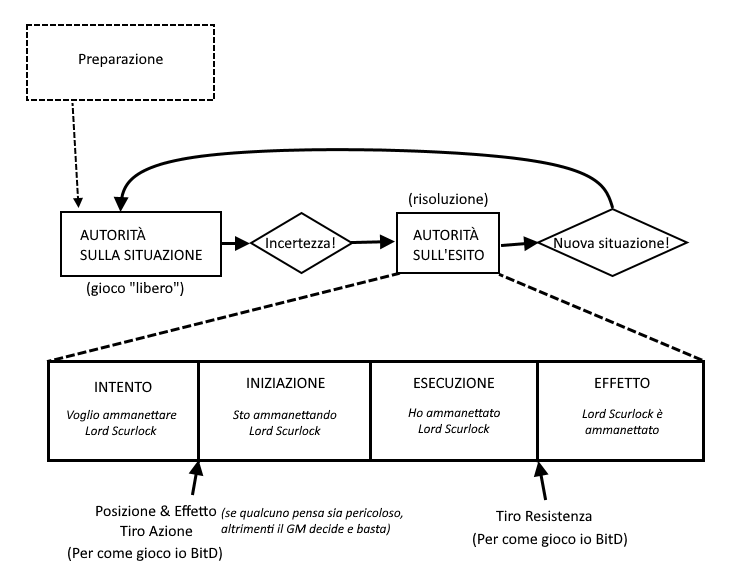I interject to add something about my experiences with Blades in the Dark and Minutes to Midnight (which is basically a Cold War era color hack), because I think they are quite on point for your questions. The summary is: when playing BitD, lasting consequences depend on how hard the gamemaster stomps on the pedal.
In particular, the BitD campaign where I played was the first time the gamemaster took this role for BitD. In the first session (sessions? I don’t recall exactly in which debriefing we touched this point, it was months ago), the guy would name the possible consequences of failed rolls and then we’d be allowed to counter them with reactions. Two relevant aspects: every time it was one consequence per action and every time reacting just erased any consequence. At the end of the session, this feels wrong. You look back on all the mess that happened, yet your character is unscathed, except for a possibly long stress track, which is relatively easy to empty in downtime.
We discussed this point quite deeply at the end of a session. Some of the fellow players were veterans of BitD, so they could offer field-tested advice. Specifically, you can have more consequences per roll, it doesn’t need to be one to one, and you don’t have to scrap a consequence altogether when a player reacts. For instance, if somebody is shooting straight to your heart the consequence is “you die”, but reacting doesn’t necessarily mean that you acrobatically avoid the bullet, you may just step aside at the last split second and end up with a “mangled arm”.
With just these changes, our game started feeling way different. In particular, damage strongly affects characters’ effectiveness and is awfully slow to heal. I don’t recall Traumas being so impactful in terms of lasting consequences, but it occurred several times that people shied away from helping others to avoid gaining Trauma, or even accepted consequences without reacting.
Overall, BitD can easily range from “very inconsequential thanks to your out of jail free tokens” to “disturbingly heavy weight on consequences, to the point that it’s way more practical to put your character in the freezer and create a new one” and it all depends on table practice.
